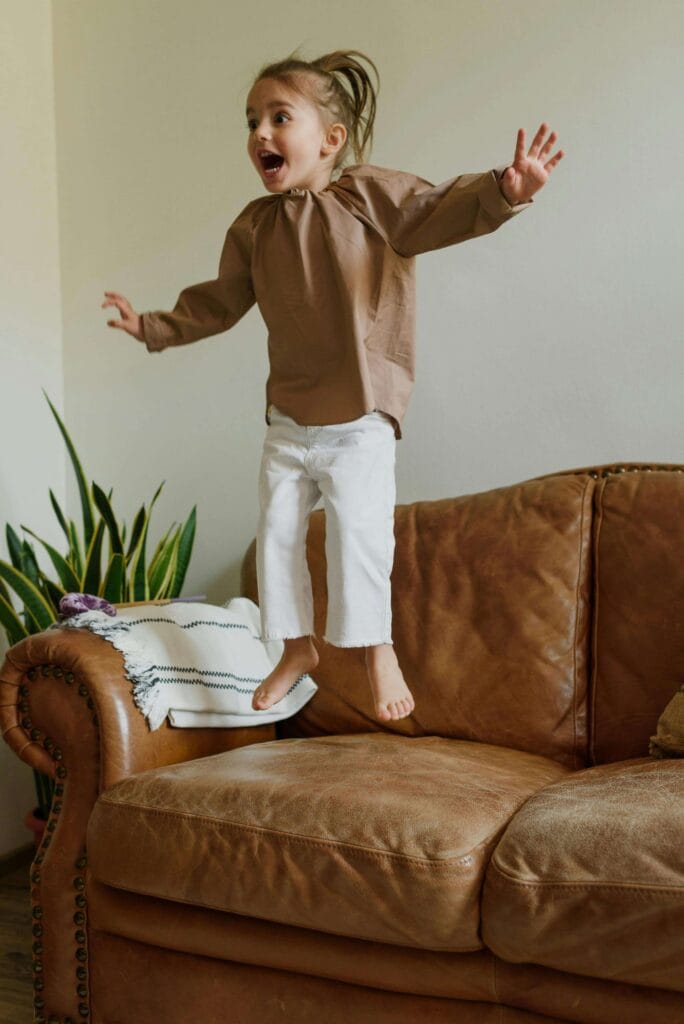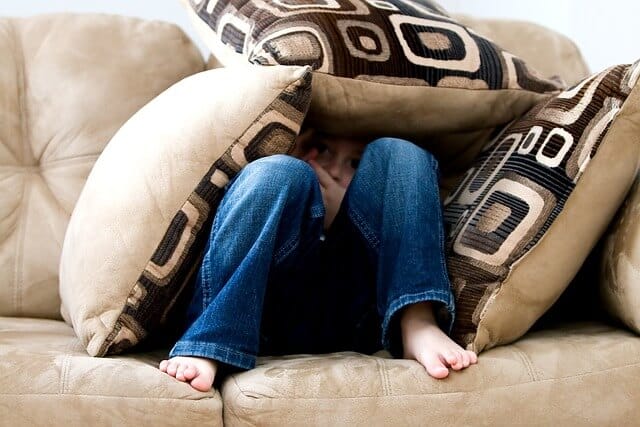Table of Contents
Parenting is hard. But parenting a child with ADHD? That’s a whole different story. I never thought I’d reach the point where I would admit, “I have no patience for my ADHD child.” Yet, here I am, sharing this journey because it’s one that so many other mothers are on too.
What is ADHD?
ADHD, or Attention Deficit Hyperactivity Disorder, is a neurological condition that affects a child’s ability to focus, control impulses, and manage energy levels. For many mothers like me, the symptoms can feel overwhelming. It’s not just about being “hyper” or “distracted.” ADHD shows up in daily life in ways that can make parenting a challenge.
The Early Signs I Missed

Looking back, I realize that the signs were always there, hiding in plain sight. When my son was a toddler, his energy seemed boundless, and I just thought, “Oh, he’s just a boy.” But as he got older, there were other clues. He couldn’t sit still, even for a few minutes. He would lose things constantly, forget instructions, and struggle to follow through on simple tasks. I brushed it off as part of childhood. But in reality, these were the early signs of ADHD that I, as his mother, didn’t fully understand.
When I Had No Patience
I hit a breaking point many times. Days would blur into each other, filled with repeated instructions, constant messes, and endless energy that I could never seem to match. It wasn’t just about the mess; it was about the feeling of losing control in my own home. I found myself snapping over small things, like him not putting away his toys for the tenth time that day or spilling food all over the kitchen I had just cleaned.
Mess Everywhere: A Daily Struggle
One thing people don’t tell you about ADHD kids is how much chaos they can create. It’s like living in a whirlwind. No matter how many times I cleaned, the house would turn into a disaster zone within minutes. I’d turn my back, and it was like a mini tornado had ripped through the room. I felt like I was constantly cleaning up after him, which only added to my frustration.
Instructions Go Unheard
One of the hardest things was giving simple instructions and watching my son completely ignore them. “Put your shoes away,” I’d say, and he’d look at me as if I hadn’t spoken. Or worse, he’d wander off, distracted by something else. It was like living with someone who had their mind tuned into a different frequency. And no matter how much I raised my voice or tried to be patient, it felt like I was never being heard.
School Struggles of ADHD Child
School became another battlefront. My son’s teachers would send home notes about his inability to stay seated, follow instructions, or focus on his work. Every parent-teacher meeting felt like a walk of shame. It wasn’t that he didn’t try; it was that his brain just didn’t operate in the same way as other children’s. The pressure for him to perform and my own fear of judgment from other parents weighed on me heavily.
A Mother’s Guilt
I often felt like I was failing. I’d compare him to other kids who seemed to have it all together and wonder, “What am I doing wrong?” The guilt would eat at me, and I’d go to bed thinking about how I could have handled things differently. Parenting a child with ADHD felt like walking through a maze with no exit in sight.
Strategies That Turned Things Around
But then, things started to change. I knew I had to approach this differently, not just for my son’s sake, but for my own sanity. I began to learn more about ADHD, not just from books, but from other mothers and professionals who had been there. Understanding ADHD as a neurological condition, rather than just a behavioral issue, was a game-changer.
1
Developing Routines to Reduce Chaos
One of the best coping strategies I found was developing structured routines. ADHD kids thrive on structure, even if they resist it at first. We created morning and evening routines, set up visual schedules, and started using timers to break tasks into manageable chunks. This didn’t just help my son; it helped me feel less overwhelmed by the daily grind.
A schedule gives ADHD children predictability and security, helping them know what to expect. For instance, I broke the day down into simple blocks like “wake up, breakfast, school, homework, playtime, dinner, and bedtime,” using colors and pictures to make it fun and engaging. Sticking to the same routine each day reduced anxiety and allowed him to focus better.
2
Making Instructions Simple, Concise, and Concrete

Another critical shift was learning how to give instructions that my son could actually process and follow. I realized that long, complex directions overwhelmed him. So, instead of saying, “Go upstairs, clean your room, make your bed, and pick up your toys,” I broke it down: “Go clean your room. Start with picking up your toys.” I made sure the instructions were simple, concise, and concrete.
This approach reduced his confusion and frustration, making it easier for him to complete tasks. It’s all about making sure the directions are clear and specific, avoiding any room for misunderstanding.
3
Learning About ADHD Together
As I educated myself, I also started involving my son in the process. We sat down and talked about ADHD. I explained that his brain worked a little differently, but that it was okay. Together, we came up with ways to tackle tasks in a way that worked for him. It became less about me telling him what to do and more about us working together as a team.
4
The Power of Relationship Building
One of the biggest shifts came when I stopped focusing solely on correcting his behavior and started focusing on our relationship. I realized that my frustration was clouding our bond. When I began to empathize with his struggles instead of just reacting to them, things changed. We built a stronger connection, one that wasn’t based on punishment or frustration, but on understanding and love.
5
Small Wins, Big Progress
It wasn’t about huge breakthroughs, but the small wins. The first time he followed through on a task without needing constant reminders, I celebrated and that encouraged him. Positive reinforcement became a cornerstone of our daily interactions. It was no longer about perfection, but progress.
6
The Importance of Self-Care for Moms
Through it all, I learned that I couldn’t pour from an empty cup. I had to take care of myself, too. Whether it was a quiet moment with a book or a walk outside, I made time for self-care. Parenting an ADHD child is emotionally taxing, and if you don’t prioritize your well-being, it’s easy to burn out. When your are mentally and physically strong you can take care your child better.
7
Asking for Help
I also learned that it’s okay to ask for help. Whether it’s through therapy, support groups, or just talking to other mothers who get it, reaching out makes all the difference. I found that speaking with a professional helped me better understand my child’s needs and how to manage my own emotions during challenging times.
Conclusion
Parenting a child with ADHD will always have its challenges, but I’ve learned that it’s not about being perfect. It’s about progress, patience, and understanding. For every moment of frustration, there’s also a moment of growth. And while I still have days where my patience runs thin, I now have the tools to cope. If you’re a mother on this journey, know that you’re not alone. We’re in this together, and there’s always hope.
FAQs:
1. What are the common signs of ADHD in children?
Children with ADHD often struggle with focus, following instructions, impulsivity, and hyperactivity. They may also have difficulty staying organized or completing tasks.
2. How can I develop more patience with my ADHD child?
Understanding ADHD, creating structured routines, and focusing on your relationship with your child can help you develop more patience.
3. Are there any specific routines that can help ADHD children?
Yes, routines that include clear instructions, visual schedules, and timed tasks can help ADHD children manage their day more effectively.
4. What role does relationship building play in managing ADHD?
A strong, empathetic relationship helps your child feel understood, reducing frustration for both parent and child. It fosters cooperation and emotional connection.
5. How do I balance self-care with taking care of an ADHD child?
Prioritize self-care by scheduling small moments for yourself throughout the day. Remember, you can’t support your child if you’re running on empty.
